Last week, after publishing The CDP Dating Game, my LinkedIn inbox lit up, and the number of subscribers to this Substack jumped. Marketers on the brand side reached out privately with a mix of relief and frustration. Heck, I even spoke to a few at the Martech World Forum who reacted in the same manner. Relief that someone had finally put words to what they’d been experiencing. Frustration that they’re stuck in a market where even defining what a CDP is has become an impossible task.
One marketer admitted in confidence that they no longer bother correcting their leadership team when a vendor changes the name of its platform, “it’ll just be something else again in six months”. That says it all. The people who actually have to deliver campaigns are too busy fighting for velocity to keep up with the branding gymnastics.
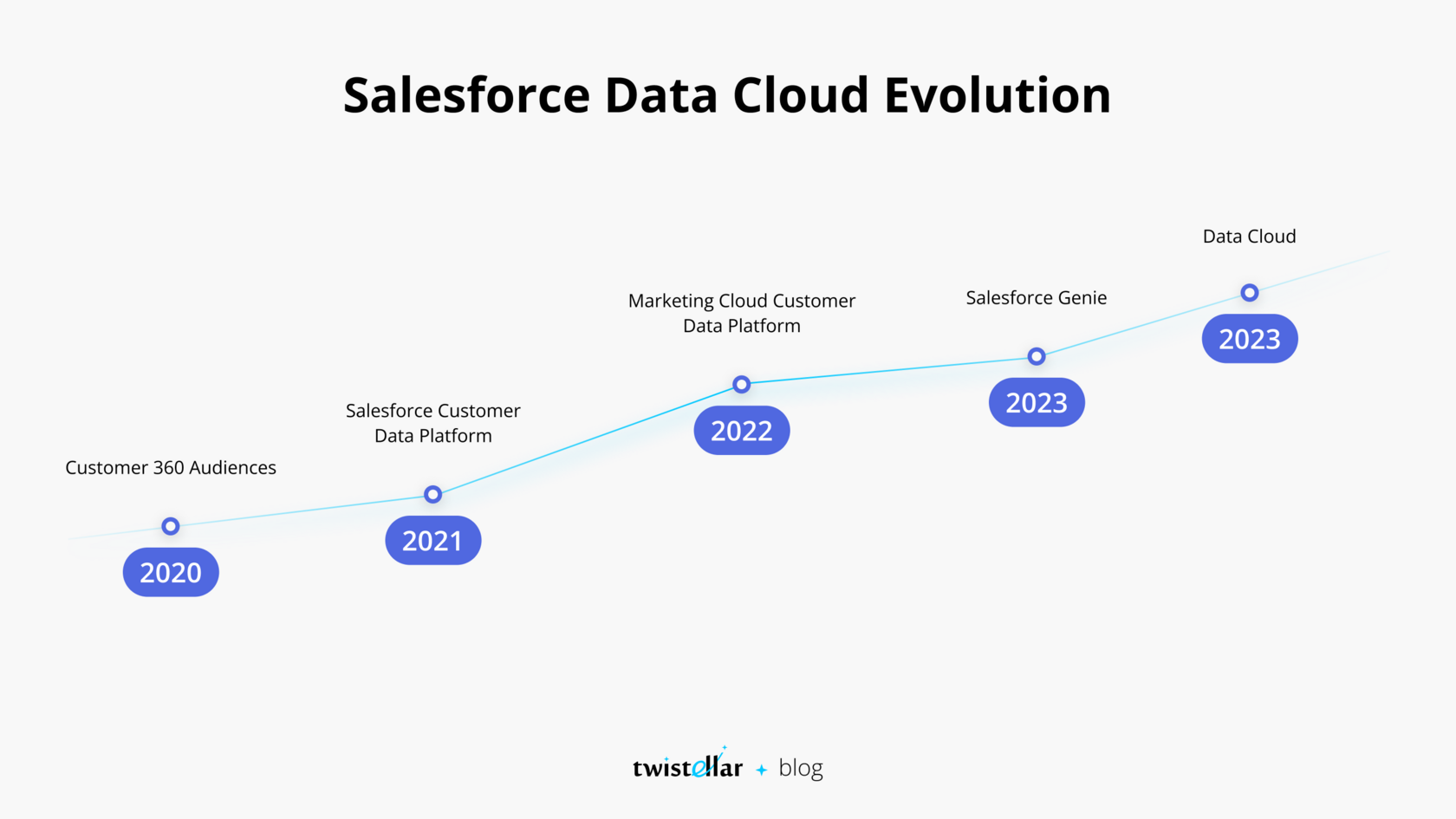
And Salesforce is a perfect example. Over the last few years, their CDP has undergone more name changes than most people have email addresses: Customer 360 Audiences, Salesforce CDP, Genie, and now Data Cloud. Each time the announcement lands with a big push, like this is the one that will change everything. But for the people actually working with it, the name swap doesn’t bring a fair view. It just adds more confusion. If you’ve ever had to explain to your boss why the tool they signed off on suddenly has a new label, you know the feeling. It’s like trying to follow directions with a map where the street names change every time you look up.
That one single reference call…
The consequences aren’t just theoretical. When you work in an industry long enough, you’ll see everything cross your plate. The following is based on a true story.
I once joined a client during their CDP RFP process, a type of contract that I am most often involved in, where they had already been in conversations with a vendor. To their credit, they asked for a reference call with one of the vendor’s existing clients, a smart step in any evaluation.
The call went smoothly, full of glowing stories about the platform. Critical questions answered to the CTO’s satisfaction. But only at the very end did the person on the other end mention that he wasn’t just a client, he was also an angel investor in the vendor. That small detail instantly reframed everything we’d just heard.
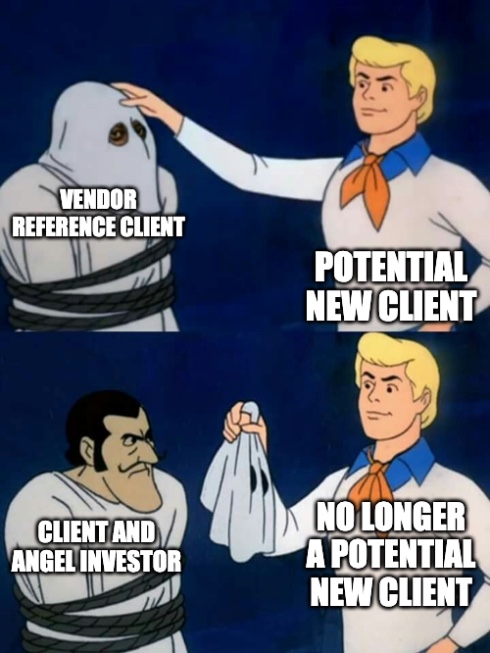
It was a reminder that even when teams do their homework, the deck can still be set up unfairly. What feels like a peer-to-peer conversation may not be as objective as it seems. This is the kind of trickery I described in The CDP Dating Game, and it doesn’t stop with RFP paperwork. Even reference calls, which should give an honest picture, can be wired.
The toll on teams that vendors don’t realize
If you’ve ever felt like the ground was shifting under your feet while trying to keep a campaign on track, you’re not imagining it. The confusion is baked into the way this market operates. And it’s terribly exhausting.
Marketers are already balancing too many platforms while being held accountable for growth. Engineers want to build things that last, but rarely get the time or cover to do so. Business leaders are expected to sign off on investments with less transparency than they’d accept in almost any other area of the business. If you’ve ever doubted yourself while evaluating CDPs, you’re not alone, you’re dealing with a system designed to keep you off balance.
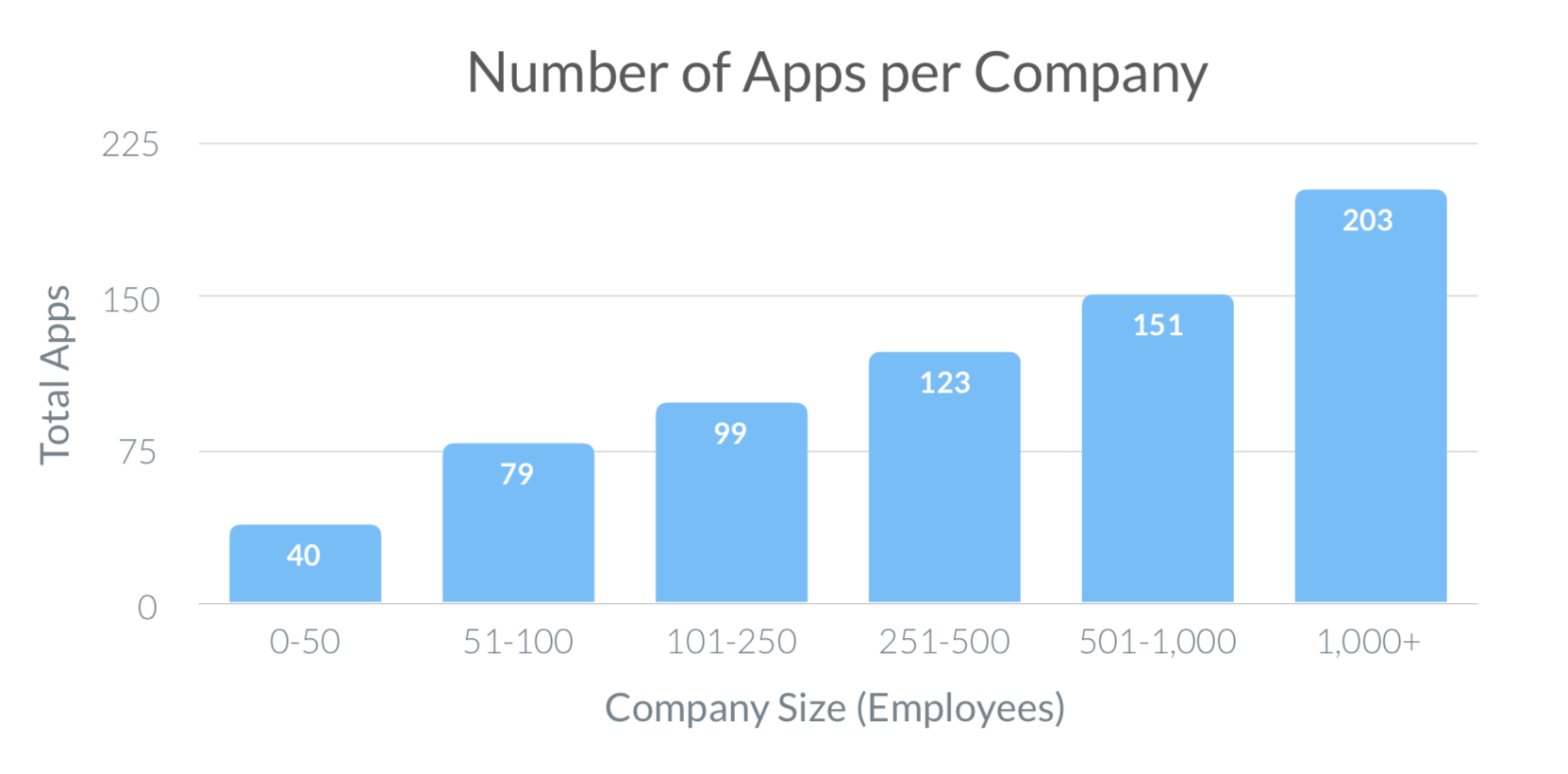
Last week, during the Martech World Forum, I heard a fantastic perspective about the “toll on teams”. Let’s use the above chart as a reference, even if it is outdated. Small companies use, on average, 40 SaaS solutions. Of those 40, 15 are actively used for day-to-day operations. Now, if these vendors release one major new feature or update per quarter, that would mean that a business will need to deal with 60 major updates per year. That equals more than 1 update per week. One update that a team will need to evaluate, integrate, enable, and maintain per week. Work that distracts them from their daily tasks. This is unattainable, even for the best of businesses.
What translation really means
This is why translation matters. Teams don’t need to be fluent in every vendor’s vocabulary or enable every feature. They need a way to filter the noise and connect it back to the use cases they care about most.
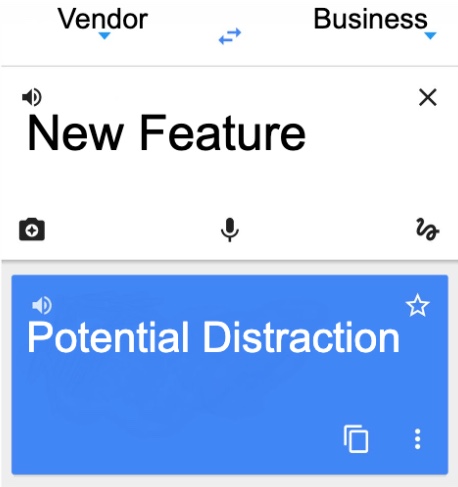
When that happens, things shift. Campaign teams can focus on creativity rather than decoding acronyms. Data teams can design integrations that serve the business instead of patching broken promises. Executives can weigh trade-offs in cost, effort, and risk without relying on sales theater. Does everybody win?
Independent guidance brings these perspectives into the same room. It replaces confusion with straight answers so technology choices are made on the company’s terms, not the vendor’s. And it replaces second-guessing with confidence that decisions are grounded in what actually matters.
Pricing tells its own story
And right now, there’s another reason teams need that clear understanding. Pricing tells its own story. Industry voices have been debating data point creep, and even Braze has confirmed it’s moving to message credits, pay only for what you send.

That change goes beyond a billing update that can catch even the most experienced CFO off guard. It signals that buyers finally have leverage. For any company entering the CDP or CEP market today, that leverage can mean the difference between being boxed in by legacy models or securing a deal that actually fits how they work.
Clearing the path forward
The CDP market will keep rebranding again and again. That won’t stop. But brand-side teams don’t have to accept being led in circles while everyone else sets the terms.
In my next article, I’ll go beyond exposing the problem. I’ll share specific ways teams can protect themselves during RFPs, reference calls, and pricing negotiations, the kind of moves that keep you from being boxed in and help you use today’s buyer’s market to your advantage.
If you’ve read this far, you already know how costly confusion can be. Don’t miss the follow-up, subscribe to get it straight in your inbox when it drops.
Subscribe for free, here 👇🏻
The conversations in my inbox have made one thing crystal clear → teams don’t need another round of sugar coated vendor pitches. They need someone in their corner who helps them see things for what they are, and gives them the confidence to act.


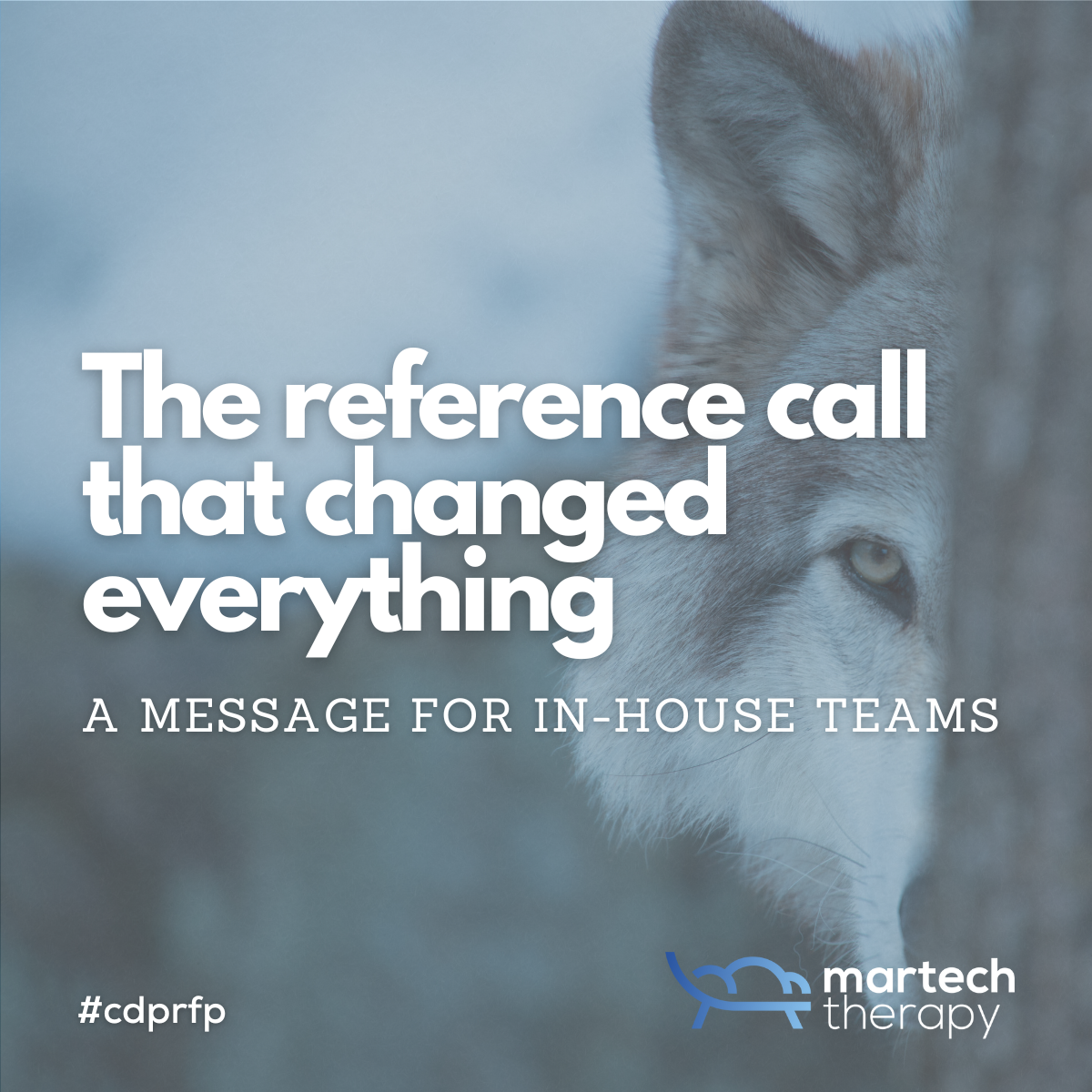
Discussion